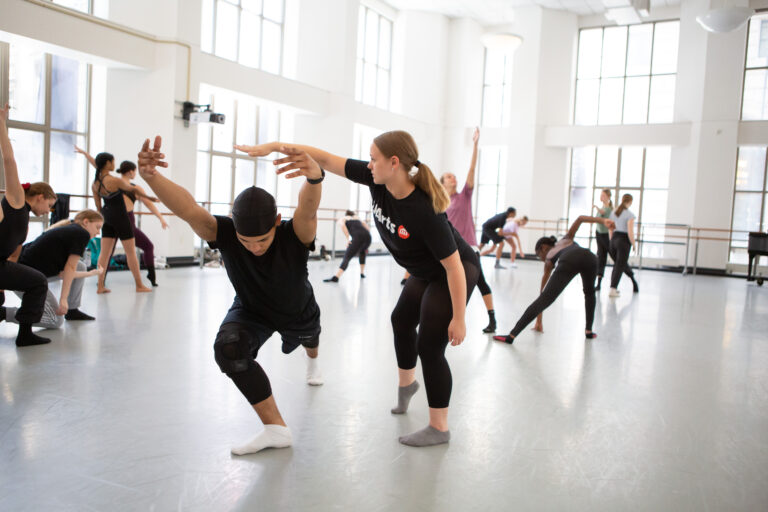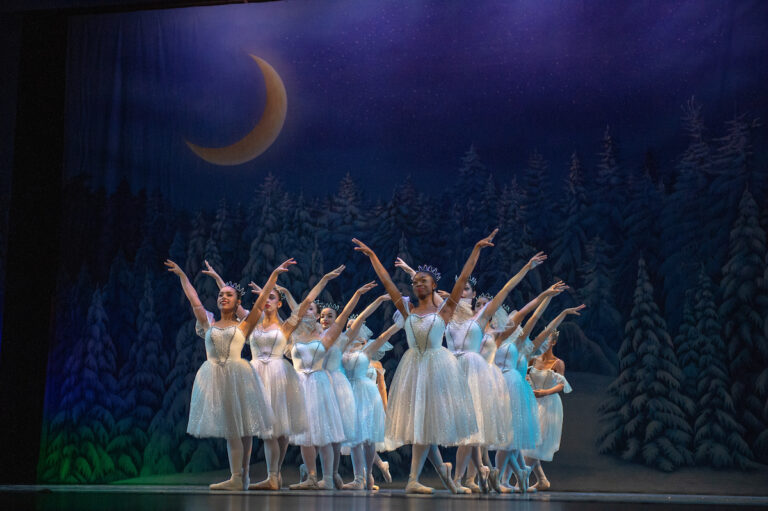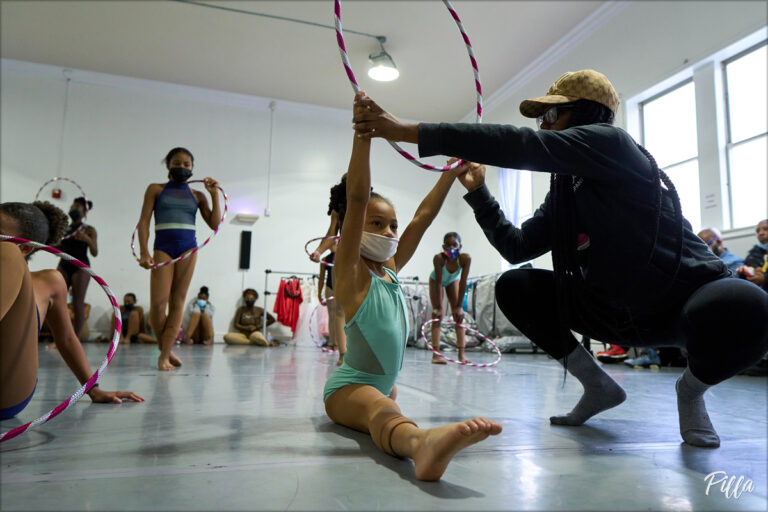
With summer intensives and conventions still limited this summer due to COVID-19, local dance studios have an opportunity to bring that additional training straight to their students through master classes.
But it’s not as simple as booking your favorite Instagram dancer and hoping for the best: A master class that will serve your students—and, hopefully, your business—takes planning and intention. Follow these dos and don’ts for master classes that challenge your students and raise your studio’s clout.
Don’t: Pick a Teacher Just Because They’re Famous
Master teachers aren’t always celebrities. While an artist with TV credits may draw students to a class, they may not give the students a good experience. “Of course it’s exciting to have a big name, and sometimes it’s great,” says Alana Tillim, owner of Santa Barbara Dance Arts. “But there are so many artists that don’t have a TV credit that are true master teachers.”
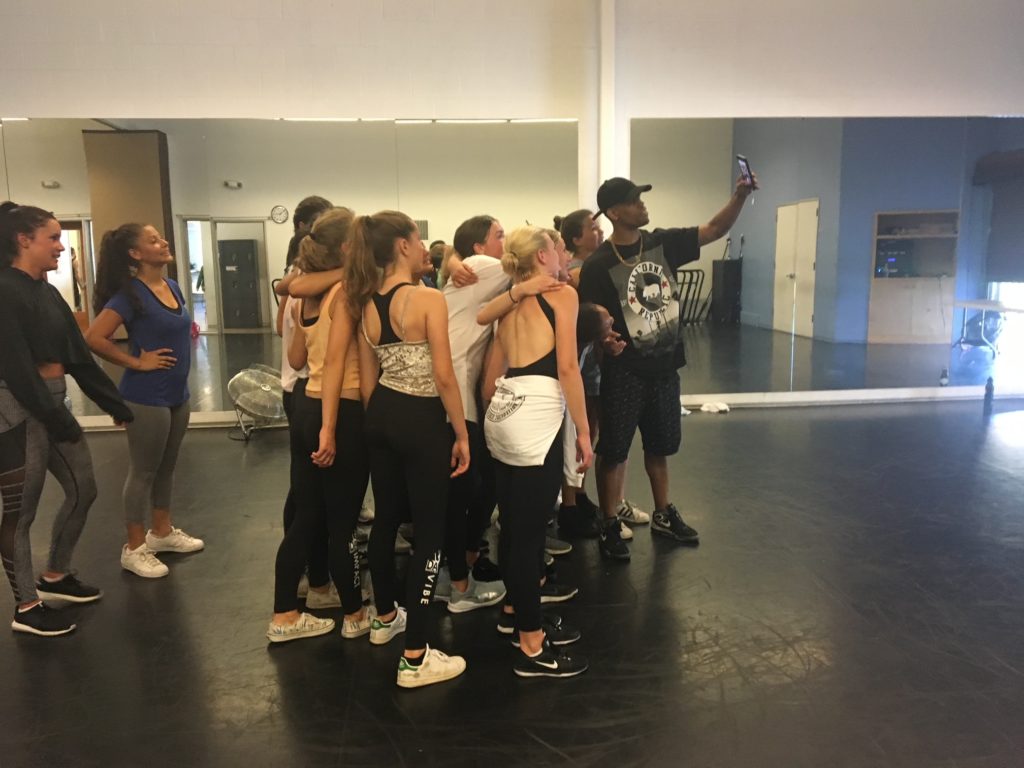
Do: Ask for Teacher Recommendations
Tillim suggests asking for recommendations from other studio owners. “Don’t be afraid to ask, ‘Was this teacher worth taking a class away from your regular faculty?” she says. This can help you discover “diamond in the rough” teachers, who are still building their names and credentials but are excellent teachers—which can be a key time to form a relationship.
“When they get more known, they might come back to your studio because you ‘knew them when,’” says Tillim, who worked with Phil Wright and Nappytabs early on. “It’s hard to stay informed about new people hitting the scene, and they can offer advice on who else to work with if they aren’t available.” Tillim also says that such teachers are more likely to be regulars, which she finds students appreciate in addition to one-off events.
Do: Your Own Research
One way Sue Sampson-Dalena, owner and artistic director of Dance Studio of Fresno, finds a good fit for her studio is by spending time at conventions watching artists teach dancers of all levels. Then, before the artist arrives at her studio, she discusses the strengths and weaknesses of her students. But still, she cautions it’s not an exact science. “At the end of the day, you won’t know until they come. It’s trial and error,” she says.
Do: Think About the Purpose of the Class
Decide what you want your students to get out of the class. Jessica Wallis, who brings master classes to cities not typically visited by master teachers with her Ballet in the City program, recommends teachers who can build on what students have been working on. If a studio is planning to perform a George Balanchine piece, for instance, she’d look for an artist who can teach that technique.
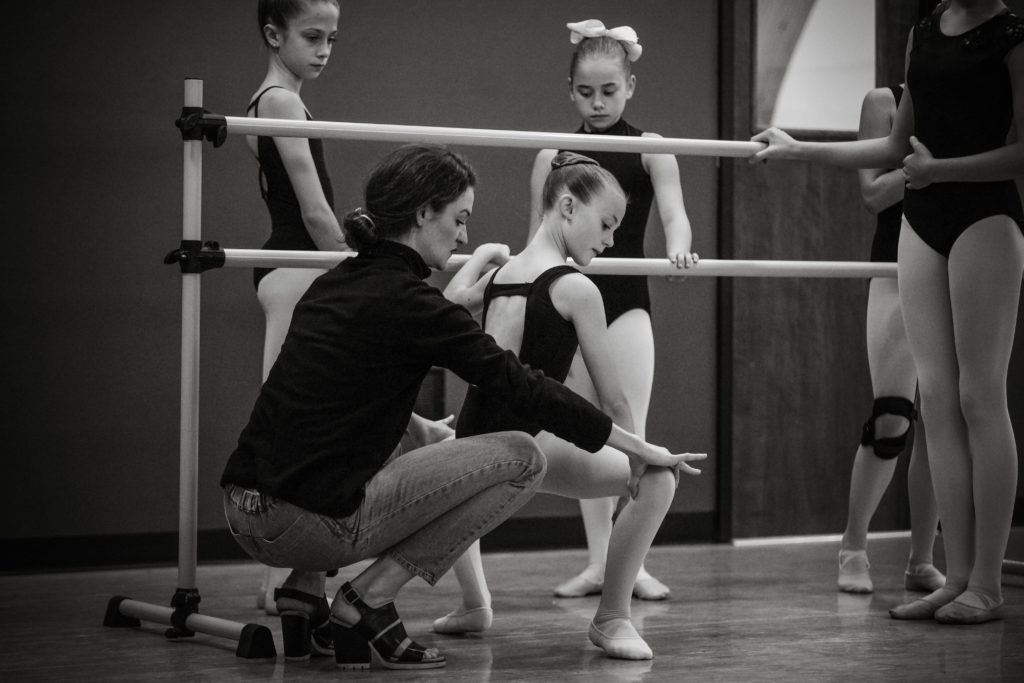
Or, an artist who can teach a new style or perspective might be the best choice. “You need to expose dancers to what else is out there and push them,” says Sampson-Dalena.
Don’t: Expect It to Be a Cash Cow
Both Tillim and Sampson-Dalena say that master classes often make a modest profit or break even, but sometimes they lose money. Yet offering the classes raises the profile of the studio and can ultimately bring in more students. “I mainly do it as a service to the students and the studio, not for the revenue of an individual class,” says Tillim.
Don’t: Bring on Expensive Teachers You Can’t Afford
Artist fees can be anywhere from a few hundred to a few thousand dollars, on top of additional costs such as travel and accommodation. Wallis cautions studios to look carefully at their books before paying high fees to renowned teachers. “I’ve definitely seen some studios take on more than they can handle in this respect,” she says. “If you’re not going to earn back what you’ve spent, make sure you can afford the deficit and that this teacher is providing something worth a deficit.” To avoid having to pay for travel and accommodations, look for teachers who are based nearby, or are originally from the area and may return to visit family.
Do: Strike a Fair Deal
Many studios are still dealing with restrictions on capacity due to COVID-19, which can make it even harder to afford an artist’s fee. Tillim has found that some artists are willing to accept a lower rate while restrictions are in place as part of an agreement for additional classes at a higher rate when capacities increase. “It’s a synergy. Artists need the revenue right now, so we can make this kind of unusual deal,” she says.
Do: Find a Payment Structure That Works for You
Should master classes be included in tuition, or be an additional fee for your students? It’s an individual decision, and it depends on your studio. Michael Patterson, artistic director of Patterson School of Ballet, has chosen to include master-class fees in his tuition. “It separates my school from others in the area for students to know they will be able to afford whatever classes I offer,” he says.
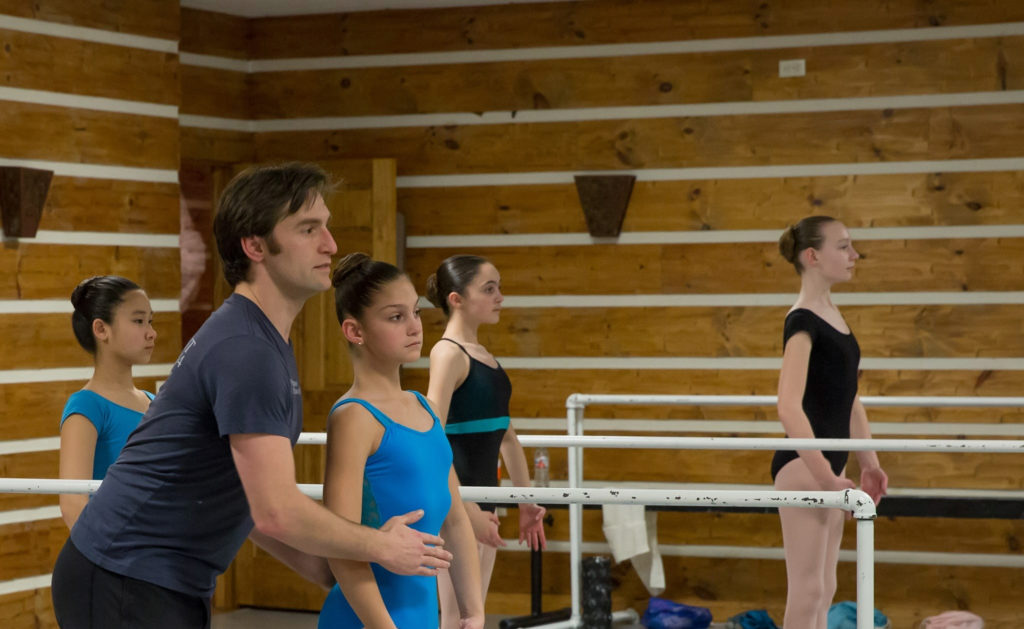
Sampson-Dalena says charging more for master classes should be on a case-by-case basis.
“I have to gauge how many times I’ve asked families to pay more,” she says. “There’s countless times I have not charged more for a guest artist when it hasn’t felt right.”
Do: Work Creatively With COVID Restrictions
If capacity is limited due to COVID restrictions, get creative so you can still include the maximum number of students. If more than one studio space is available, for instance, Tillim recommends increasing capacity by having small groups in different rooms and streaming the class to all studios, with the instructor rotating through the various rooms.
Don’t: Attempt Virtual Master Classes
Some months ago, virtual classes were a necessity, but Wallis says many students are now burned out on them. Plus, there are limitless virtual-class options (many of them free or very affordable), for students who want them. The possible exception: a master teacher who’d be willing to teach a virtual class to a group of students dancing in-person at your studio, says Wallis.

Do: Coordinate With Other Local Studios
Opening a master class to students outside your studio is a great way to earn more revenue or share the upfront cost. But this has to be done with sensitivity to local colleagues.
Patterson says that in his area, students just don’t attend classes at other studios, so he never markets to them. “There’s this sense that if you go to another school, you’re a traitor,” he says. “Even if I brought in Misty Copeland, no one would come.”
Tillim says she’s had little trouble with studios sharing students for master classes, and that it’s a common way to boost attendance. She often tells other owners that if they manage their own sign-up process and bring in 10 students, she will offer two complimentary passes as an incentive. “A student coming to a master class is already a dedicated student and likely very invested in where they are training. It’s rare they are going to want to switch,” she says. “When you encourage students to take advantage of outside opportunities, everyone benefits.”

